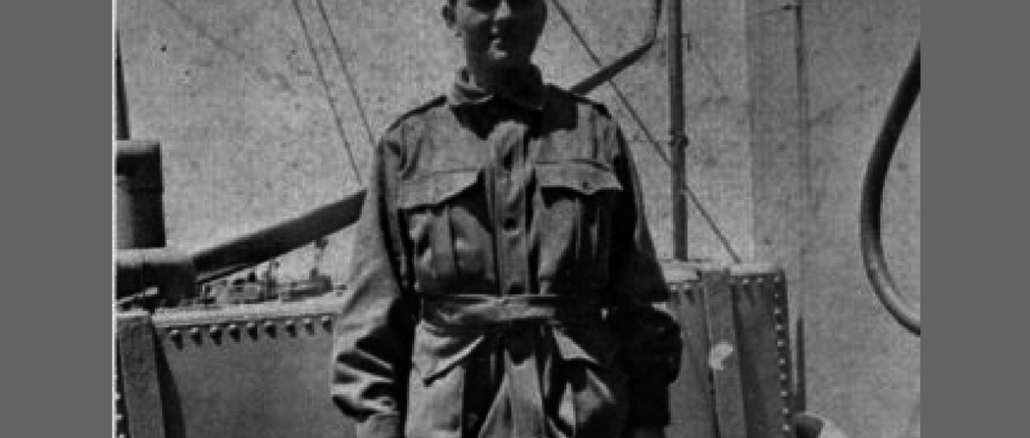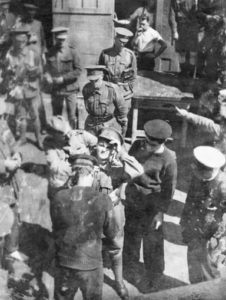
Maud Butler was a sixteen-year-old waitress from Kurri Kurri in the Hunter Valley when the First World War broke out.
Like many women of the time, she was very keen to contribute to Australia’s war effort, but found herself prevented from doing so due to her age, gender, and experience.
“Soon after the war started I had a terrible desire to help in some way, but I was only a girl, and I soon found that there were difficulties to overcome,” Maud told a Sydney newspaper in 1915.
Maud realised her only option to overcome these “difficulties” was to masquerade as an Australian Imperial Force (A.I.F) soldier.
Though she was able to put together most of the uniform, she could not get the right set of regulation tan boots.
“I had a terrible desire to help in some way, but I was only a girl… I decided to do something for myself,” said Maud.
Maud successfully boarded a ship in Sydney Harbour, engaged in banter with the troops on board—who did not notice her disguise—and hid in a lifeboat at night.
“The only provisions I had brought with me were some lollies, and I had not had anything to eat from that Wednesday night until Friday,” she told the paper.
Maud drew some attention when an officer noticed her black boots, but ultimately it was the instruction to go for a medical examination that was her downfall. Seeing the hopelessness of her situation, Maud then revealed her identity. The troopship was two days into its journey.

“If I had been a boy it would have been all right. I could have gone on,” she said.
Her story caused quite a sensation at the time.
Described as “a clear-skinned, rosy-cheeked, bright-eyed type of healthy country girl” by reporters, Maud gave a lively interview a few days after her return to Melbourne on Christmas Day, 1915.
Maud said when she was unmasked she was taken to the captain.
“He was very nice – in fact they all were. The captain gave me a good breakfast, and it was great, but the news was all over the ship in three minutes, and 500 of them had snapped me with cameras.”
Maud was returned to Australia but this experience did not dampen her spirits and she made a second attempt to join up, which also resulted in discovery.
Maud was eventually successful in her desire to become a Nurse and while her efforts to get to the Front were thwarted, her ingenuity and motivation were greatly celebrated.
Maud’s actions and her plucky determined character were widely reported in the media of the day and she also became the subject of a folksong that extolled her patriotism and encouraged men who had not enlisted to follow her example.
Over a hundred years later, Maud is still remembered and on 6 November 2017 a book titled, “You can’t fight, you’re a Girl”, that celebrates her initiative and determination was launched at a ceremony at Kurri Kurri Public School.
Maud’s story is one of a significant body of stories about Australian women and their role in Australia’s conflicts.
From the chorus and lyrics of the folksong, ‘What will we do with Maud Butler?’
Oh, what will we do with Maud Butler?
She dresses as a soldier and she wants to go to war
She jumped a ship to cross the foam
Better than any stay-at-home
This young girl’s an example to all of those who shirk
Where others would have given up, Maud Butler went to work
A lesser girl would have had enough
But Maud was made of sterner stuff
ANZAC DAY will be celebrated in Australia and around the world from London to San Francisco
The annual Anzac Day Dawn Service will be held at the Australian National Memorial at Villers-Bretonneux in France with the service also commemorate the 100th anniversary of the crucial Second Battle of Villers-Bretonneux.
This will be matched across Australia with dawn services in all our capital cities as well as small country towns, most of which have memorial squares and statues listing the names of locals who served and lost their lives in the Great War.
SheSociety is a site for the women of Australia to share our stories, our experiences, shared learnings and opportunities to connect.

Leave a Reply